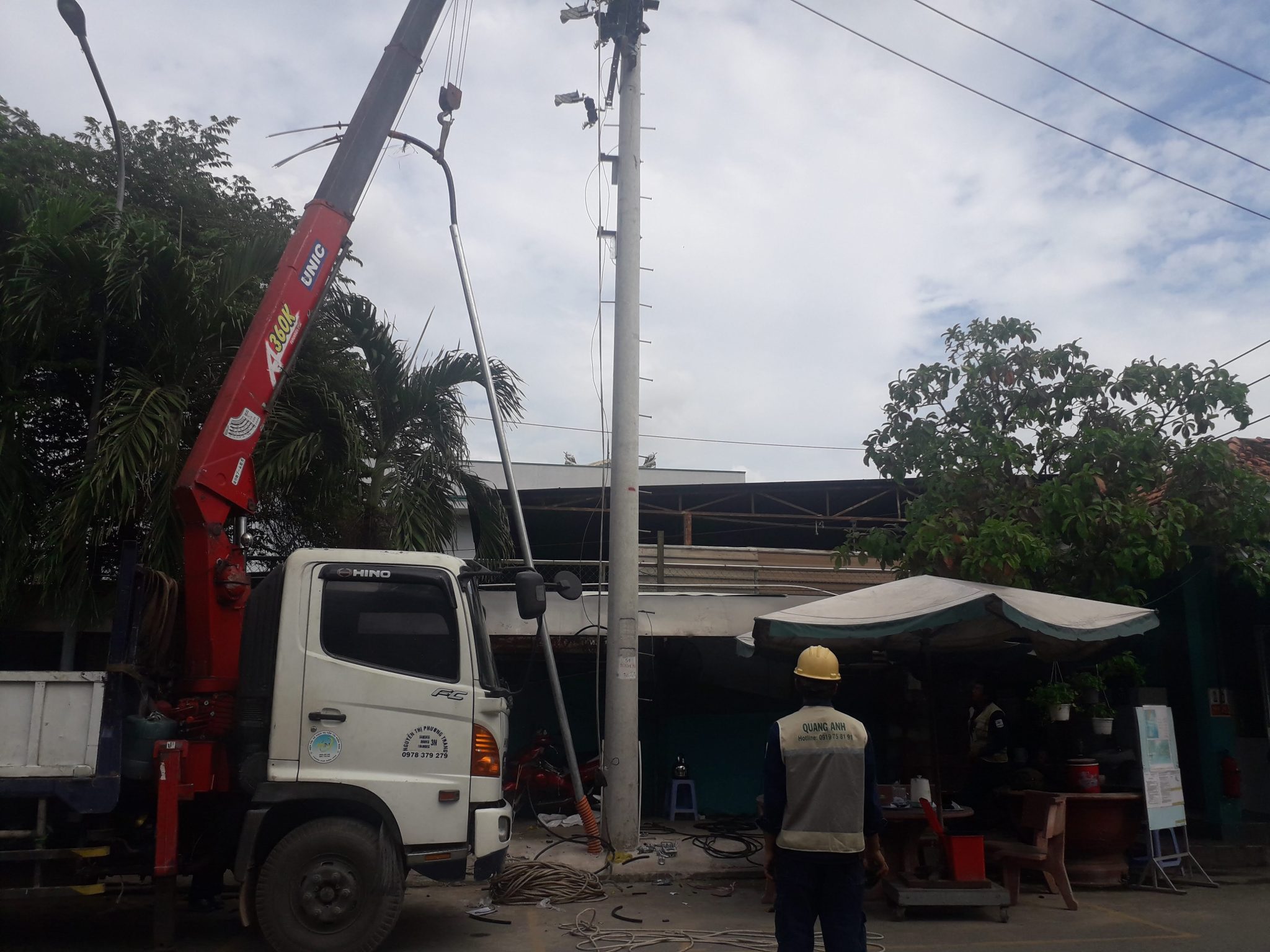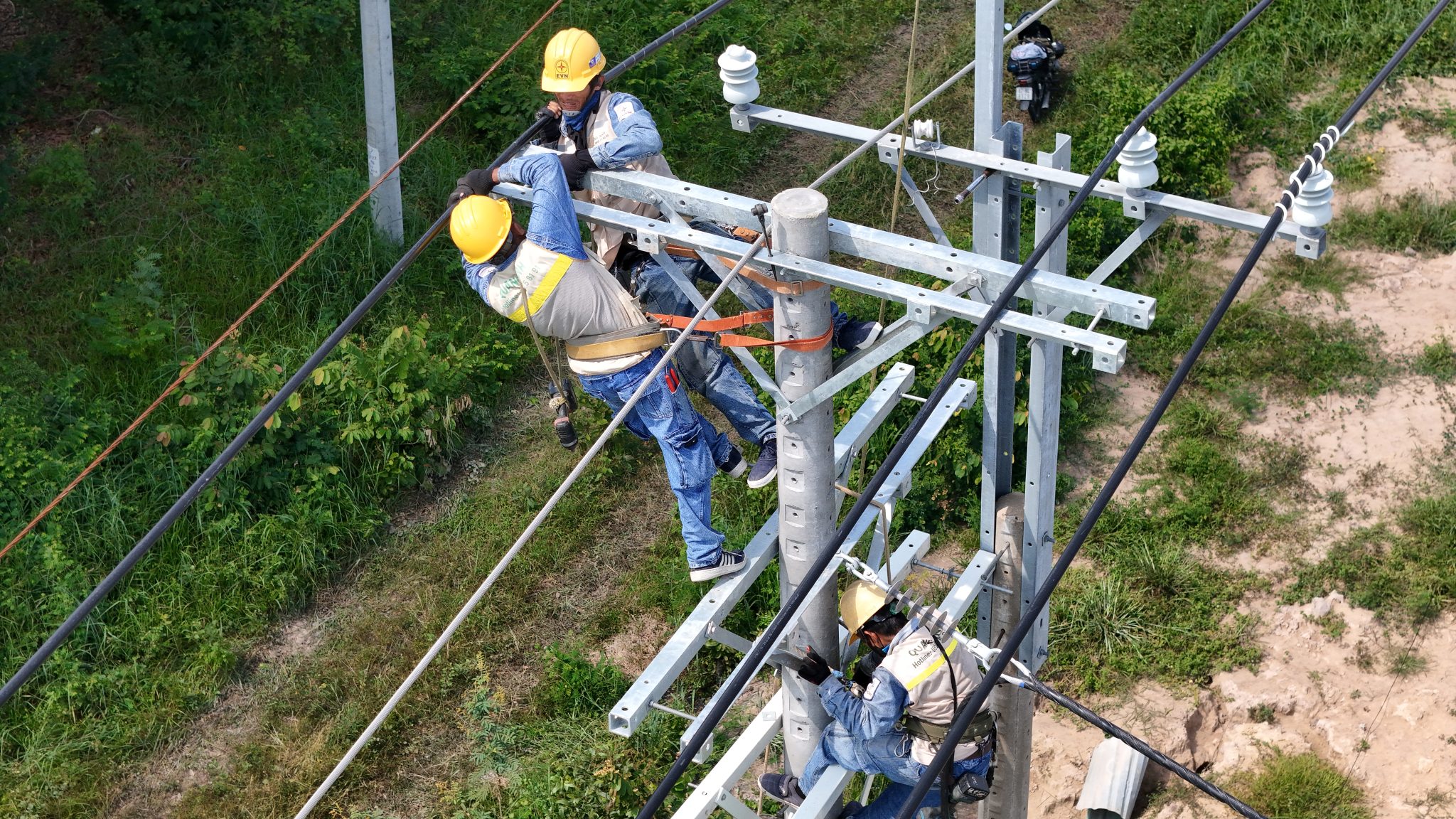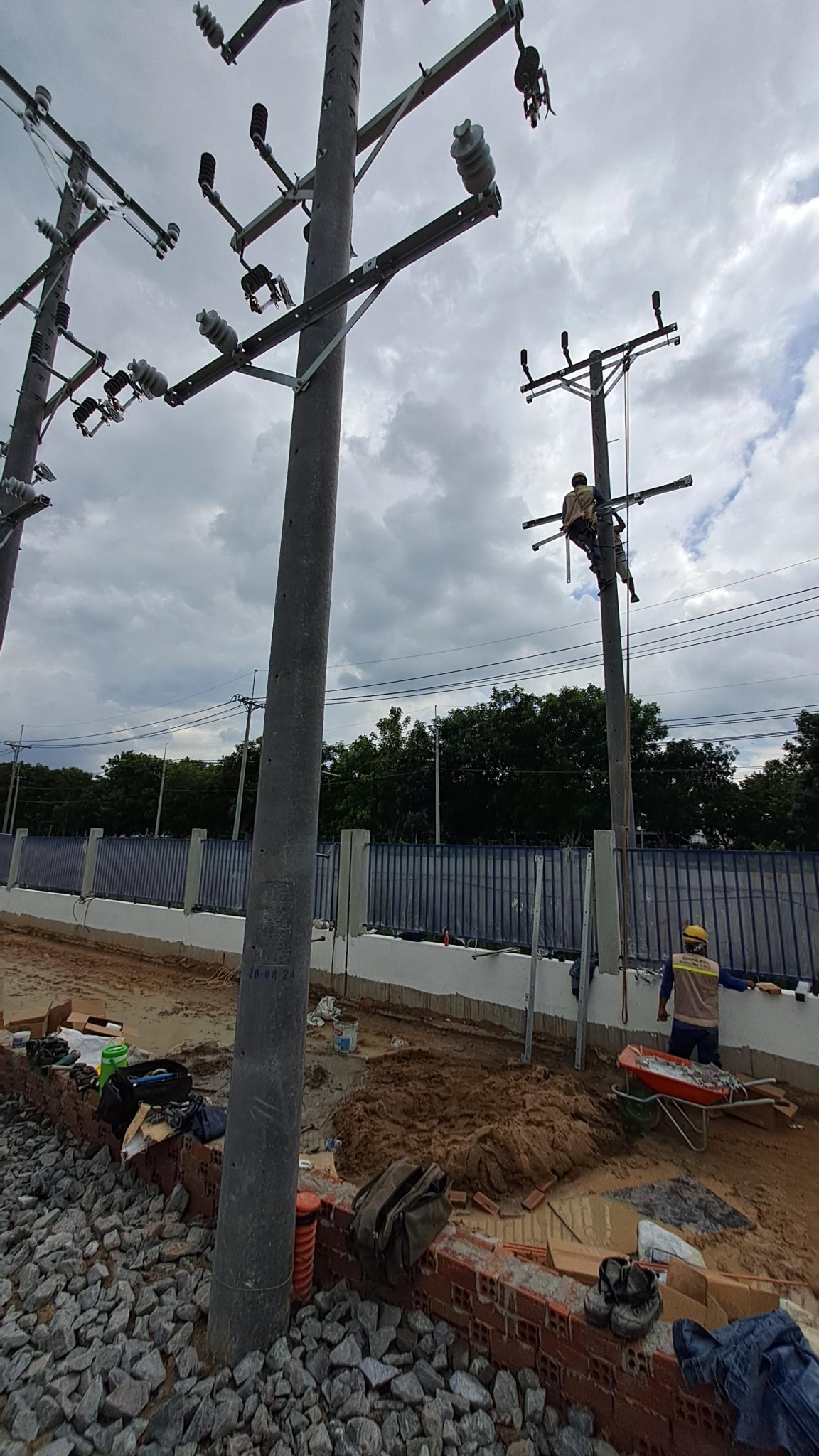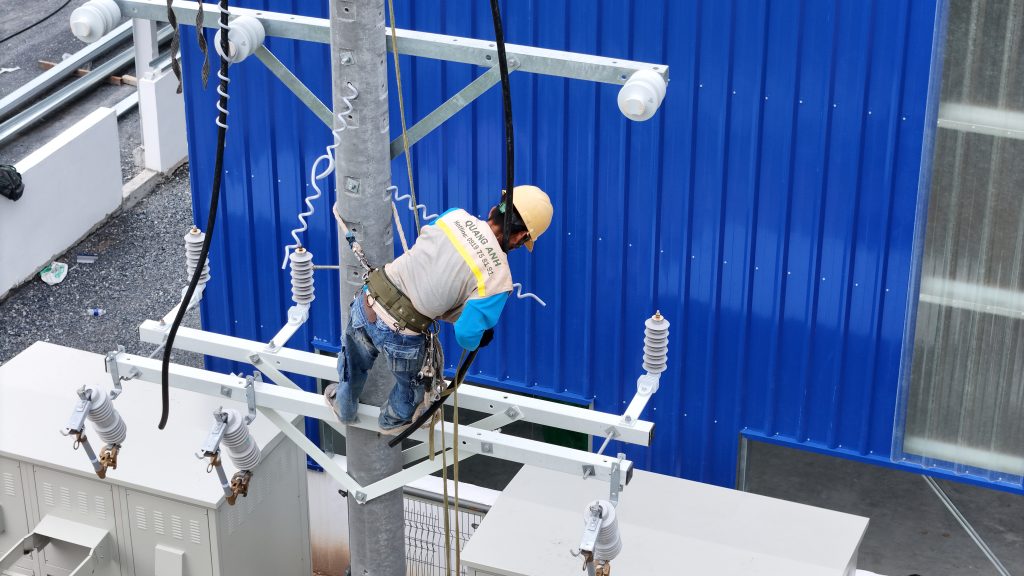News
Importance of Substation Inspection in Electrical Safety and Performance
Substation inspection is a crucial process to ensure the safety and efficiency of electrical systems, complying with regulatory standards through Circular 33/2015/TT-BCT of the Ministry of Industry and Trade.
Important Equipment for Substation Inspection
Substation inspection should focus on equipment such as oil transformers and dry transformers. To maintain electrical safety, circuit breakers like VCB and ACB should be inspected, as well as surge arresters for protection against lightning. The insulation capability of power cables and the safety of isolators and grounding switches should also be thoroughly examined. Lightning protection and grounding systems play an essential role in comprehensive protection.
List of Equipment for Inspection
- Transformer: Considered the heart of the substation, transformers – including oil and dry transformers – require a meticulous inspection process. Transformer inspection includes:
- External inspection
- Measure insulation resistance
- Winding resistance
- Dielectric strength
- Contact resistance
- Leakage current
- Circuit Breaker: Devices like VCB (Vacuum Circuit Breaker) and ACB (Air Circuit Breaker) are essential components ensuring a safe and effective electrical disconnection system.
- Surge Arrester: Considered the “shield” against natural forces, surge arresters must effectively absorb and conduct lightning currents.
- Power Cable: The electricity transmission system relies on high-quality insulated cables, requiring inspection of insulation resistance and physical condition of cables.
- Isolators and Grounding Switch: These devices must ensure precise operation, safety, prevent electrical shock and protect other equipment in the system.
- Insulating Pole: Supporting maintenance activities, inspecting insulating poles ensures optimal safety for electrical workers.
- Lightning Protection and Grounding Systems: To protect the substation from lightning and leakage currents, this system must always be checked and maintained in good operational condition.
Inspection Purpose
- Ensure Safety: Inspections help prevent risks of electrical shock and fire.
- Comply with Regulations: Meet standards set by the Ministry of Industry and Trade, such as Circular 33/2015/TT-BCT.
- Ensure Efficiency: Maintain optimal performance of the substation and the entire electrical system.

Detailed Technical Inspection
The substation inspection process starts with an external check, assessing the physical condition of the equipment. Next is measuring insulation resistance to ensure electrical safety and winding resistance to determine the technical condition of oil transformers. Checking dielectric strength and measuring contact resistance ensure system safety. Finally, measuring switch operation parameters helps evaluate effective operation capability.
Currently, the technical inspection process plays an important role in ensuring the safety and efficiency of electrical systems and industrial equipment. Below are some popular technical inspection procedures designed to meet the strictest safety standards.
Industrial Gas Container Inspection
The industrial gas container inspection process is detailed in Circular 17/2021/TT-BLĐTBXH. This applies to various inspection types such as initial, periodic, and unusual inspections.
- Step 1: Check records and history of the container.
- Initial: Require batch history and other technical records like weld mechanical test reports.
- Periodic and unusual: Check previous records and add more if there are incidents or repairs.
- Continue inspection only if each step meets the required results.
Boiler and Hot Water Boiler Inspection
This procedure, according to the Ministry of Labor, Invalids and Social Affairs, applies to boilers with substance temperatures above 115°C.
- Check records: Ensure all necessary technical documents are available.
- External inspection: Assess the physical and general condition of the equipment.
- Load tests: Ensure the boiler meets safe operational capabilities.
Pressure Vessel Inspection
Includes similar steps to ensure system safety:
- Check records: Verify history and technical documents.
- External and technical inspection: Assess condition and performance of the vessel.
- Load testing: Evaluate pressure-bearing capacity.
Lift Platform Inspection
Applies to all lift platform inspection types:
- Check records: Review the device’s history.
- External inspection: Assess overall condition of the lift platform.
- No-load and load tests: Ensure safety and efficiency in operation.
- Handle and store inspection results: Ensure documents are maintained accurately.
Methods and Inspection Centers
Inspection centers need equipment such as theodolites, levels, and speedometers to effectively perform procedures. Ensure these centers comply with standards and regulations of the Ministry of Labor, Invalids and Social Affairs for the most reliable and effective procedures.

Inspection Schedule and Its Importance
Substation inspection should be initially performed before commissioning to ensure safety and efficiency. Periodic and unusual inspections as required by state authorities ensure the system always operates optimally and complies with technical standards.
The substation inspection schedule is indispensable to ensure the system operates safely, with high efficiency and compliance with current technical and legal regulations. Inspections are not only mandatory but also offer practical benefits to businesses and operators.
Importance of Substation Inspection
- Substation Safety: Inspection is the assessment process to detect potential defects in the electrical system, ensuring maximum safety for both the system and users.
- Legal Compliance: Periodic and unusual inspections as required by state agencies are mandatory. This ensures substations operate under stringent standards and do not violate the law.
- Environmental Protection and Performance Enhancement: Inspection entails checking operation efficiency and emissions, contributing to performance optimization and environmental protection.
Inspection Procedure for Substations
- Prepare Documentation and Equipment: Before proceeding with inspection, all related documents such as registration certificates, insurance, and other necessary papers need to be prepared.
- Conduct Inspection: This process includes detailed system operation checks, measuring technical indicators, and assessing safety levels.
- Handle Inspection Results: If standards are met, the substation is certified for safety. If not, repairs must be conducted and re-inspected.
Updates and Regulation Adjustments
From January 1, 2025, regulations on substation inspection may be adjusted to enhance operational safety. This change requires businesses to adapt according to the latest guidance to ensure full compliance with state regulations.
Periodic substation inspection is essential for maintaining safety and efficiency of industrial electrical systems. By proactively managing this schedule, business leaders and engineers can ensure substations operate reliably and sustainably.

Substation inspection is a fundamental process that ensures long-term safety and efficiency of electrical systems, providing outstanding benefits for maintenance strategy and investment planning.
To ensure your electrical system operates safely and effectively, contact QuangAnhcons via hotline: +84 9 1975 8191.
QuangAnhcons specializes in providing substation inspection services, from physical checks to insulation resistance measurements and ensuring compliance with Circular 33/2015/TT-BCT.

 Tiếng Việt
Tiếng Việt 简体中文
简体中文 Deutsch
Deutsch 日本語
日本語 한국어
한국어 ไทย
ไทย Русский
Русский Français
Français
